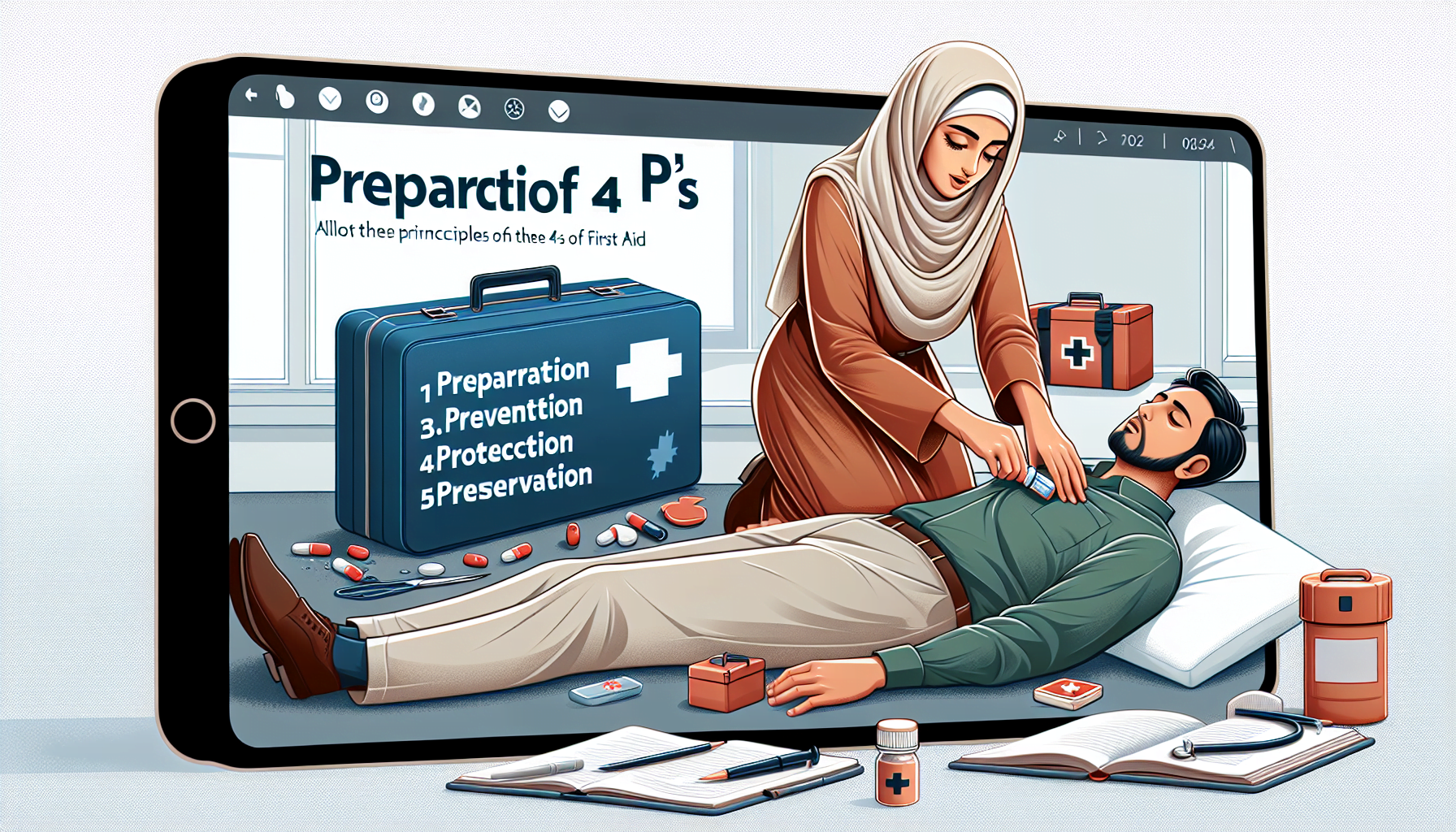

After preserving life, the next step is to prevent further injury. This involves taking measures to minimize the risk of exacerbating the person’s condition or causing additional harm. Moving the patient safely and with proper technique is crucial to avoid exacerbating any potential spinal or musculoskeletal injuries. Immobilization and stabilization techniques may also be employed to prevent further damage to fractured bones or dislocated joints. Additionally, environmental control, such as removing hazards or providing protection from the elements, and the use of personal protective equipment, can help ensure the safety and well-being of both the patient and the first aider.
Promoting recovery is an essential aspect of first aid. It involves providing immediate care that supports the person’s well-being and facilitates their healing process. Administering medications, as directed or authorized by medical professionals, can help manage pain, reduce inflammation, or prevent infection. Furthermore, providing emotional support is crucial in helping the person cope with the traumatic experience and promoting their mental and psychological well-being. Relieving pain and offering reassurance through effective communication can significantly contribute to the person’s recovery process.

When providing first aid, it is important to establish priorities to ensure that the most critical aspects are addressed first. The ABCs – Airway, Breathing, and Circulation – form the foundation of these priorities. Ensuring a clear and open airway is crucial, as it allows for effective breathing and circulation. Controlling major bleeding is also a priority, as severe blood loss can be life-threatening. Additionally, addressing serious injuries or illnesses that pose an immediate threat to the person’s life must be prioritized. Monitoring vital signs, such as heart rate, blood pressure, and oxygen saturation, also aids in determining the severity of the situation and guiding appropriate interventions.
The principles of first aid serve as a guide for providing effective and appropriate care. Firstly, it is crucial to stay calm and composed during an emergency. This allows for clear thinking and effective decision-making. Assessing the situation is the next step, which involves quickly evaluating the surroundings, identifying any potential hazards, and determining the necessary actions to be taken. Seeking help from qualified medical professionals or emergency services is vital, especially when the situation exceeds your level of expertise.
As a first aider, it is essential to do no further harm by ensuring that your interventions do not aggravate the person’s condition. Maintaining confidentiality and privacy is equally important to respect the person’s dignity and protect their personal information. Lastly, providing support and reassurance to the individual in need can alleviate their anxiety and aid in their recovery.

Conducting a thorough physical examination is crucial in identifying any hidden injuries or conditions that may require immediate attention. This process involves patient observation, where you carefully monitor the person’s appearance, behavior, and any visible signs of distress. Assessing their level of consciousness is essential, as it helps determine the severity of their condition. Checking their breathing, evaluating their circulation through assessing pulse and skin color, and assessing their mental state are also key elements of a physical examination. Examining the airway ensures that it remains clear and unobstructed, allowing for effective breathing.
The primary assessment is a systematic approach to quickly evaluate a person’s condition and determine the appropriate course of action. It involves several steps, starting with determining their level of consciousness. This can be done by talking to the person, gently shaking them, or using a painful stimulus if necessary. Assessing their airway follows, ensuring that it is open and unobstructed. Checking breathing is necessary to determine if the person is adequately oxygenated, and evaluating circulation helps identify any signs of shock or poor blood flow. Based on these findings, immediate action can be taken to address any life-threatening conditions.

After providing immediate first aid, it is important to continue monitoring the person’s condition and providing appropriate care. This includes regularly checking vital signs, documenting any changes or interventions, and ensuring that the person remains stable. Educating the patient about their condition or injury, as well as any necessary follow-up care or precautions, is crucial to facilitate their recovery. Referring the person to appropriate healthcare professionals or facilities is also important, especially if further medical attention or specialized treatment is required. Following up with the person after the incident can provide additional support and ensure that they are recovering well.
In conclusion, understanding the 4 P’s of first aid is essential for anyone who may find themselves in a situation where immediate care is needed. By familiarizing yourself with these principles and guidelines, you can confidently and effectively provide life-saving assistance, prevent further injury, promote recovery, and prioritize care in emergency situations. Always remember to stay calm, assess the situation, and seek appropriate help when needed. With the knowledge and skills gained from understanding the 4 P’s of first aid, you can make a significant difference in the well-being and outcome of those in need.
Related site – Protecting New Employees with the Four Ps of Safety